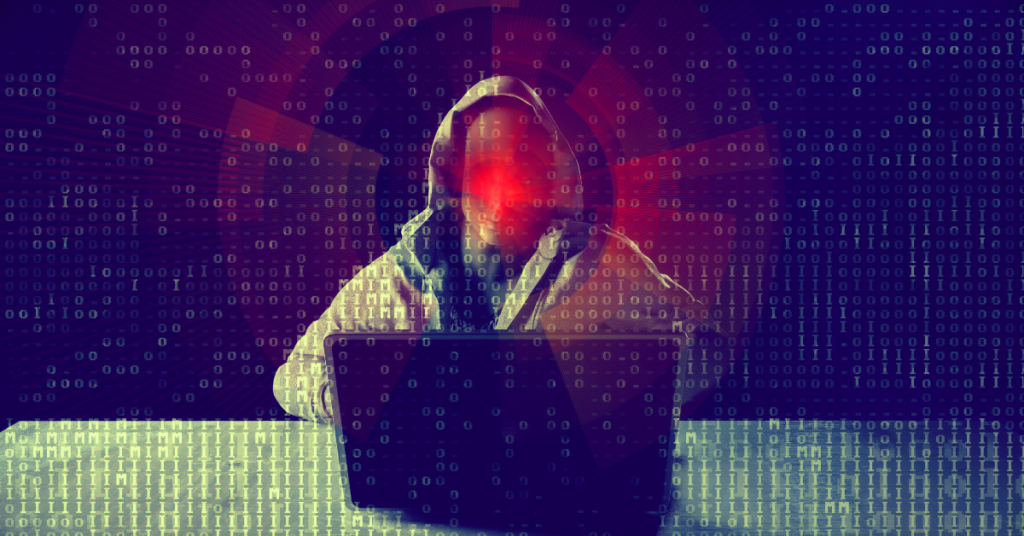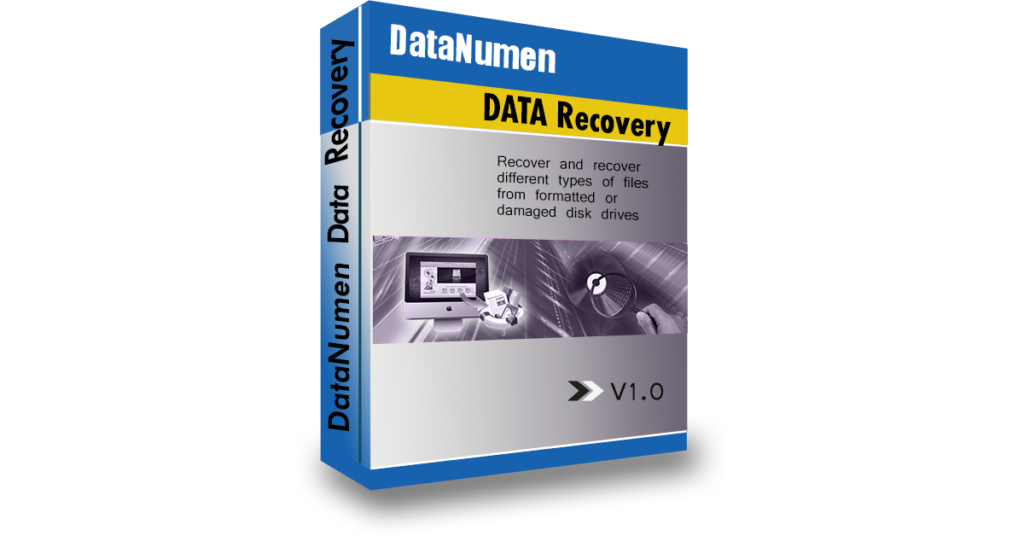Digital forensic investigators help catch and put away criminals by using techniques such as data recovery to find incriminating evidence on a suspect’s devices. Convictions have been achieved by looking at e-mails, Internet searches, and deleted files. Here are some examples of how data recovery programs have helped law enforcement identify criminals.

Digital forensics is a new type of forensics that finds evidence of criminal activity on “digital artifacts”: computers, cloud drives, hard drives, mobile devices, and the like.
Much of the evidence that digital forensic investigators can collect to present in court is gathered through the use of data recovery programs. For example, deleted files can be found again with the use of programs like DataNumen Data Recovery and password protected files can be opened with programs similar to DataNumen Outlook Password Recovery.

Data recovery programs are commonly available to the general public and law enforcement agencies may use these or more sophisticated programs to gather evidence for an arrest or a warrant or even to gain a conviction. This was the case with the five criminals below.
1. Dennis Rader
Dennis Radar was a serial killer who killed at least ten people in Kansas from 1974 to 1991. He was known as the BTK killer for his MO. He would break into his victim’s homes and bind, torture, and kill them.
Radar would send taunting letters to law enforcement and media and this was eventually what helped lead to his capture. Radar had sent a floppy disk to a TV station and digital forensic scientists were able to recover a deleted Microsoft Word document on it that led them to identify Rader.
2. Joseph E. Duncan III
Joseph Edward Duncan III is a child molester and serial killer who is currently on death row for the kidnapping and murder of a family in Idaho and the murder of a boy in California.
When digital forensic investigators examined his computer, there were able to recover a spreadsheet where he planned out his crimes. This was used as evidence that his actions were premeditated and was one of the reasons why he was given the death penalty.
3. Robert Frederick Glass
Robert Frederick Glass was convicted or torturing and strangling to death Sharon Rina Lopatka in Maryland.
Police were alerted to Glass’ involvement in Lopatka’s murder after six weeks of e-mail conversations were found between the two leading up to her death. The two had met up for a tryst to fulfill torture sexual fantasies that Lopatka had.
This case, back in 1996, is one of the first recognized cases of police identifying a murder suspect due to evidence found in e-mails.
4. Dr. Conrad Murray
Dr. Murray was the personal physician of pop singer Michael Jackson. Jackson died of an overdose of a general anesthetic called propofol.
Dr. Murray was charged with involuntary manslaughter for Jackson’s death. His conviction was partially due to evidence that was found on this computer that showed he had been prescribing more and more of a propofol to Jackson.
5. Krener Lusha
In 2009, in the United Kingdom, Krener Lusha was arrested on suspicion of planning to commit terrorist acts. Law enforcement moved to arrest Lusha based on digital evidence.
During his arrest, Lusha’s laptop was seized and digital forensics uncovered his search history, which included searches on how to make bombs and suicide vests. The corresponding materials recommended by his search were also found in his apartment.
Transcripts of recovered chats where Lusha presented himself as a “terrorist” who wanted to see “Jews and Americans killed” were retrieved from his laptop and presented in court.